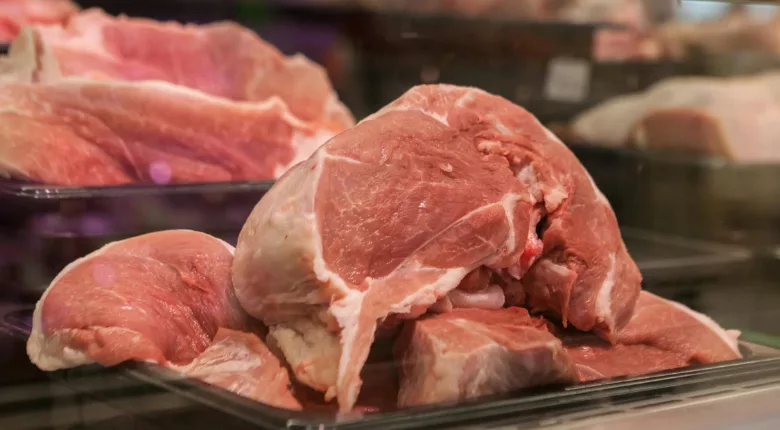New Biosensor Technology Accurately and Efficiently Measures Meat Freshness

Image credit: Julia Filirovska via Pexels
A newly developed biosensor measuring hypoxanthine (HXA), a compound that is produced during the process of decomposition, is able to accurately and efficiently determine the freshness of meat.
Adenosine triphosphate (ATP) is a molecule that the body creates by breathing, which provides energy to cells. When a food-producing animal stops breathing, ATP synthesis also stops, and the existing molecules decompose into acid, diminishing the flavor and safety of the animal’s meat. HXA and xanthine are produced as intermediate steps in this transition, and assessing the prevalence of these compounds in meat can help indicate its level of freshness.
Described in the journal AIP Advances, the new sensor uses graphene electrodes modified by zinc oxide nanoparticles to measure HXA. The developers of the sensor—including researchers from the Vietnam Academy of Science and Technology, Vietnam National University’s University of Science, Hanoi University of Science and Technology, and the Russian Academy of Sciences—were able to demonstrate the sensor’s efficacy on pork meat.
Although HXA sensing methods already exist, they can be costly, time-consuming, and require technical expertise to operate. In comparison to modern food testing methods like high-performance liquid chromatography, gas chromatography, mass spectrometry, atomic and molecular spectroscopy, and nuclear magnetic resonance spectroscopy, biosensors offer superior advantages in time, portability, sensitivity, and selectivity, according to the sensor’s developers.
The sensor is produced using a polyimide film, which is converted into porous graphene using a pulsed laser. The added zinc oxide nanoparticles attract the HXA molecules to the electrode surface. When HXA interacts with the electrode, it oxidizes and transfers its electrons, spiking the electrode’s voltage. The linear relationship between HXA and voltage increase enables simple measurement of HXA content.
To assess the sensor’s efficacy, the researchers tested solutions with known quantities of HXA. After the sensor showed high accuracy when measuring HXA in the lab-created solutions, the researchers applied the biosensor to pork tenderloins purchased from a supermarket. The sensor performed at over 98 percent accuracy, with a favorable detection range and low detection limit. Although the sensor was tested on pork for the study, it can be applied to any type of meat.
Looking for quick answers on food safety topics?
Try Ask FSM, our new smart AI search tool.
Ask FSM →









